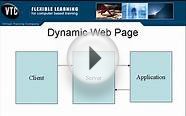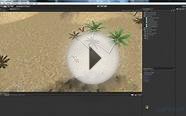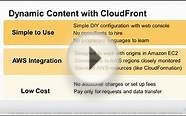
Static and Dynamic semantics of the Web
The original perception of the Web by the vast majority of its early users was as a static repository of unstructured data. This was OK for browsing small sets of information by humans, but this static model is now breaking down as programs attempt to dynamically generate information, and as human browsing is increasingly assisted by intelligent agent programs.
The next phase of the Web, as represented in this book's movement towards the "Semantic Web", lies in encoding properties of and relationships between, objects represented by information stored on the Web. It is envisioned that authors of pages include this semantic information along with human-readable Web content, perhaps with some machine assistance in the encoding. Parsing unstructured natural language into machine-understandable concepts is not feasible in general, although some programs may be able to make partial sense out of Web content.
However, this semantics is primarily declarative semantics, semantics that changes only relatively slowly as Web pages are created, destroyed, or modified, typically by explicit, relatively coarse-grained human action.
Less concern has been given to dynamic semantics of the Web, which is equally important. Dynamic semantics have to do with the creation of content, actions which may be guided by
- User-initiated interface actions
- Time
- Users' personal profiles
- Data on a server
You might also like



|
Machine Learning for Multimodal Interaction: 5th International Workshop, MLMI 2008, Utrecht, The Netherlands, September 8-10, 2008, Proceedings ... Applications, incl. Internet/Web, and HCI) Book (Springer)
|








